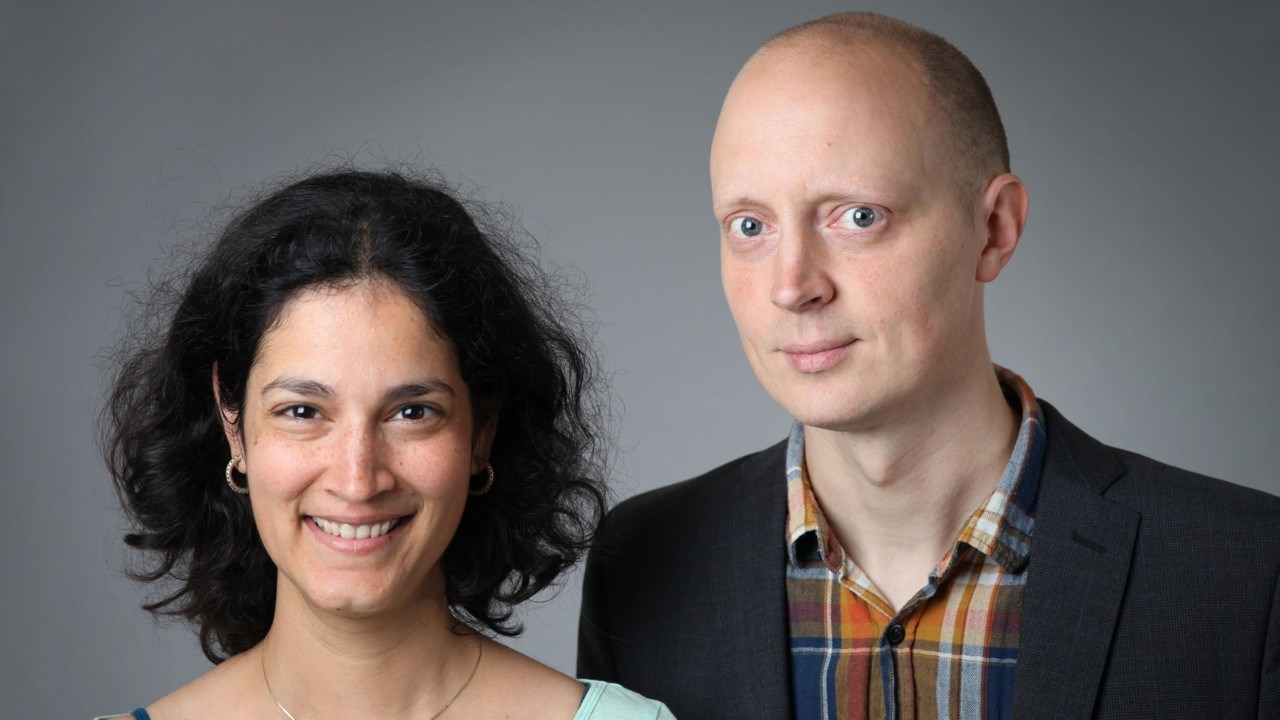NEWS What does it mean for a mathematical proof to fit a theorem? We can get a gut feeling that one argument is right or better than another, but what makes it so? Manya Sundström’s and Lars-Daniel Öhman’s research specifies criteria for judging this kind of fit. In doing so they contribute to the new interdisciplinary field of mathematical aesthetics. Oxford University Press has now chosen their paper as one of its top papers of 2018.

Manya Sundström och Lars-Daniel Öhman, beauty in mathematics
PhotoMattias PetterssonAbout five years ago, the Umeå University researchers Manya Sundström, the Department of Science and Mathematics Education, and Lars-Daniel Öhman, the Department of Mathematics and Mathematical Statistics got interested in the aesthetics of mathematics.
They noticed that many mathematicians talk about the beauty of mathematics, but very little serious research was done on the topic. They wanted to study systematically questions that until now were best discussed in popular literature or over a glass of wine: What exactly do we mean by beauty in mathematics? How can we teach mathematics so that students can better appreciate it?
Now their research is gaining international attention.
One of their papers was accepted in a well-respected philosophy journal, Philosophia Mathematica, and was chosen by the publisher Oxford University Press last week as one of the top philosophy papers of 2018. This allows the paper to be available for free until the end of March.
"We are excited that the paper is getting good exposure. Hopefully the paper will draw more people into the field and provide some methodological tools to study aesthetics in a rigorous way", says Manya Sundström in response to this news.
Moreover, the field of mathematical aesthetics has potential to reshape the way we teach and learn the subject in school.
"It makes us think about what kinds of proofs and explanations we show our students. Some are more accessible than others are. Some convey a sense of beauty and understanding that others do not. When we think about mathematics as an art, about different proofs having different aesthetic properties, we change how we teach. We don't ask the students to memorize, but to value and appreciate different arguments in different ways, to seek explanations and arguments that provide insight, rather than just establish a claim is true", says Manya Sundström.
Text: Ingrid Söderbergh